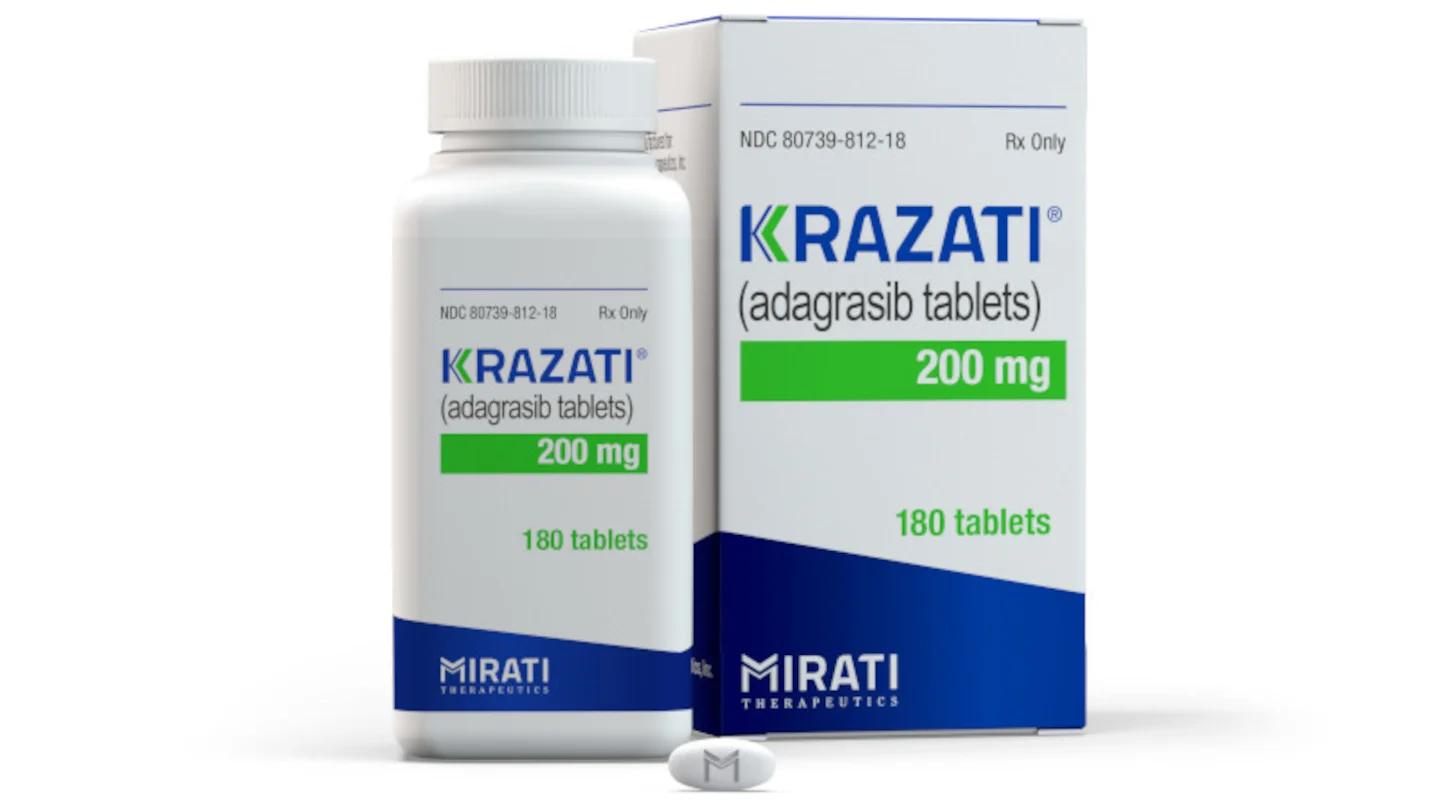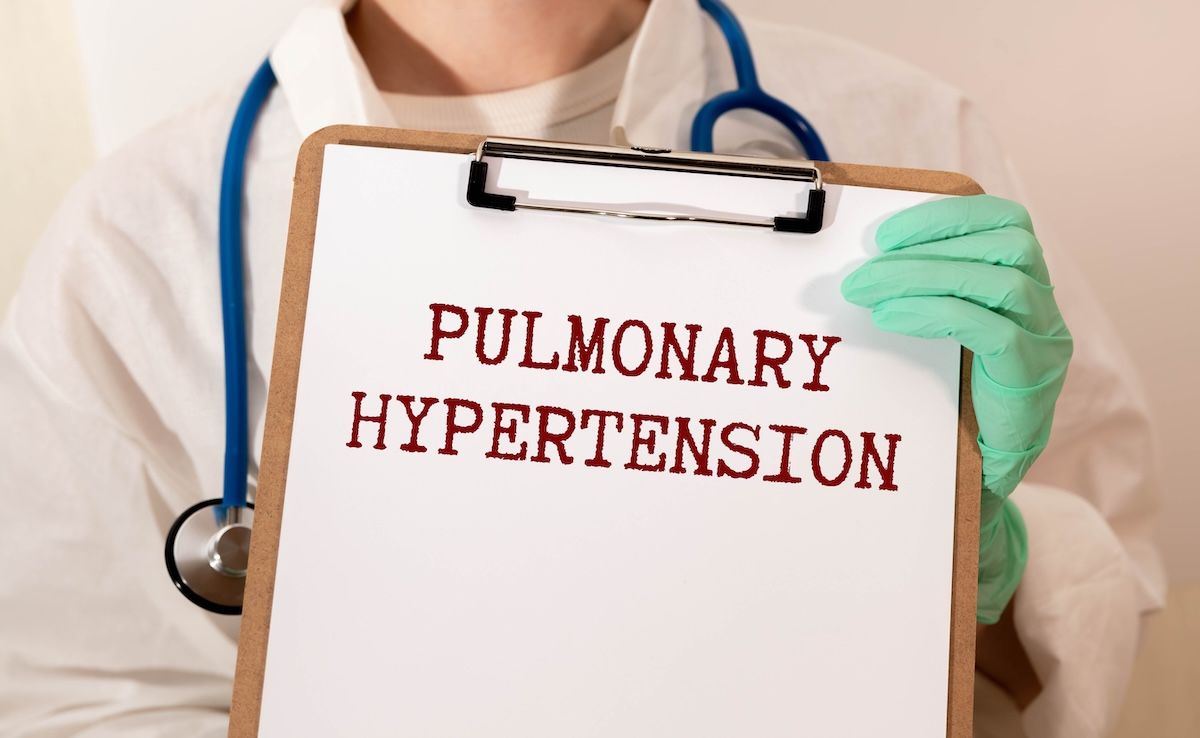Video
Surgical Considerations in Uterine Fibroids and Endometriosis
The panel deliberates appropriate surgical intervention in women with uterine fibroids or endometriosis.
Neil Minkoff, MD: You were saying surgery has become more the last option for you. At what point do you say, “This is where we’re going to proceed to a surgical outcome?”
Steven McCarus, MD, FACOG: For endometriosis, my paradigm shift has been to be aggressive with medical therapy early on. That’s stage I and II disease. Try to suppress it from continuing to create anatomically distorted tissue. If the patient has an obliterated cul-de-sac, a large endometrioma, significant retraction, then that patient goes to surgery. But after surgery, I go right to oral medical therapy because we know surgery post–medical therapy gives you better outcomes than surgery alone.
With fibroids, it’s a little trickier. I may very nicely describe the juxtaposition with these 2 disorders that women deal with. With fibroids, the main question is, are you interested in fertility or not? Because we know that that takes us down that algorithm whether this patient needs surgery or medical therapy. There are patients who don’t want a hysterectomy or a myomectomy. They don’t want surgery. Up until now, we had very limited options for that patient. It’s exciting that we have new medical therapies for those patients.
Ayman Al-Hendy, MD, PhD: I totally agree with Steve, but sometimes we see the opposite. Just today, I was in the clinic all day and I saw a patient, and I still feel like I failed. She’s perimenopausal. She’s approaching menopause. She’s 47 and already having menopausal symptoms. We know it’s not that far. She was having heavy bleeding with fibroids. I counselled her extensively about all the options and she said, “I want the hysterectomy.” I feel I failed to convince her, but patient autonomy. She said, “I’ve had it with this. This thing has been bothering me for so long. I just want the uterus out.” And of course, I said, “Sure.” We need to respect the patient autonomy. I agree with Steve. We see more patients who are interested in avoiding surgery and going with noninvasive options, but occasionally you get that patient who I just described.
Neil Minkoff, MD: It’s a valid option for the patient in that situation, correct? It isn’t an unnecessary surgery?
Ayman Al-Hendy, MD, PhD: Absolutely. But I feel if we can bridge her into menopause, then as Steve said earlier, these conditions, both endometriosis and fibroids, are estrogen-dependent disorders. It will self-resolve and be self-limited. I feel if we can just bridge her, now we have good tools for bridging. But we need to respect the patient autonomy.
Kevin Stephens, Sr MD, JD: Neil, it’s the quality-of-life issue again. That’s a quality-of-life issue that nowadays is sometimes a big factor in what patients do. We have to take that into consideration, not just the outcome, but also look at that as a concern.
Ayman Al-Hendy, MD, PhD: I agree.
Neil Minkoff, MD: Yes. That opens up an entirely different can of worms in terms of whether what you’re seeing is somewhat generational in terms of wanting a problem to go away and have a surgical resolution as opposed to taking the time to do a medical resolution, especially in the patient who might be younger and trying to preserve fertility.
Transcripts edited for clarity.




